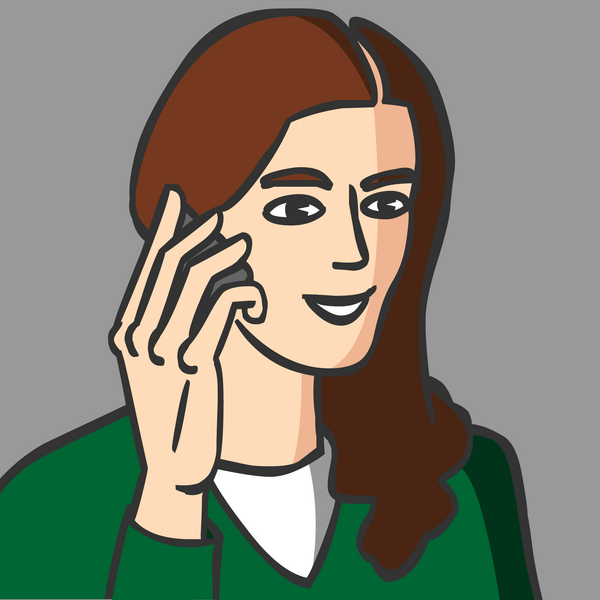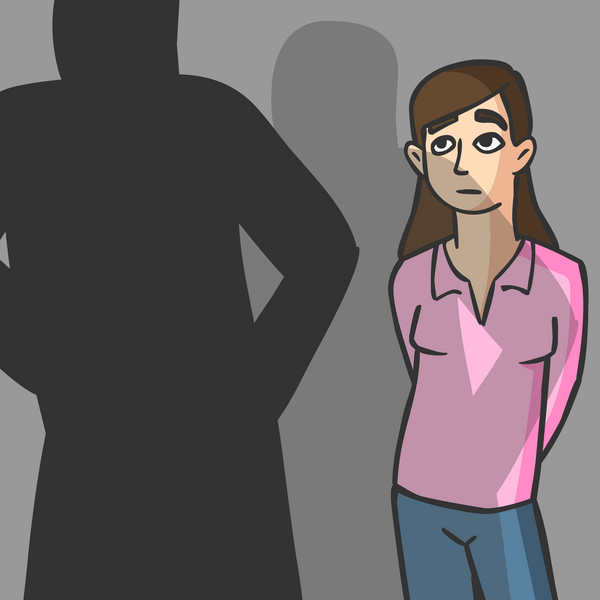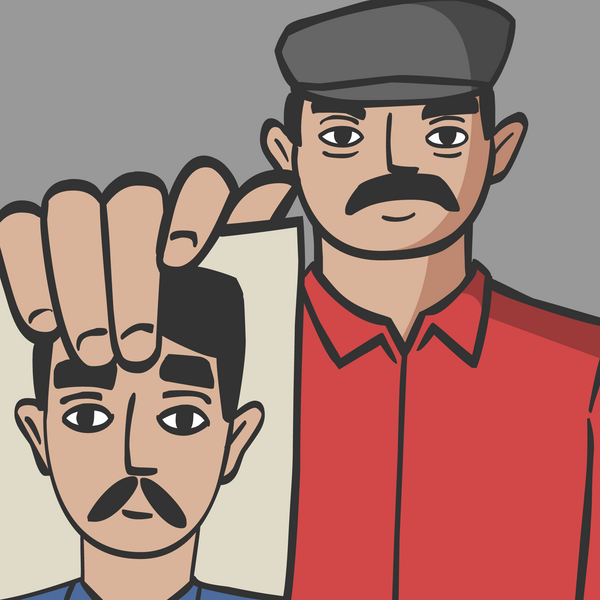Questions & AnswersWhat is domestic violence?

Domestic violence is violence between adult partners in a relationship.
Violence and humiliation can be used by one partner to control and exert power over the other. The partners might or might not be married; they can be hetero- or homosexual relationship; they can live together or separately.
-
What kinds of domestic violence are there?
-
- Insults and humiliation
- Confinement of the partner; prevention of external contacts
- Keeping money and controlling its distribution
- Threatening or performing physical violence
- Sexual violence
- Stalking
- Intimidation
- Threatening suicide
- Threatening to do something to the children
Many forms of violence are illegal and criminal offences. This is always the case with physical and sexual violence and stalking.
Domestic violence can be continuous or sporadic.
-
Who experiences domestic violence?
-
It is mostly women who suffer from domestic violence – women of all ages, nationalities, ethnic and religious affiliations, classes and education levels.
Unfortunately, children of all ages are affected directly or indirectly by domestic violence, when they see and hear it or suffer it themselves.
-
Who commits domestic violence?
-
It is mostly men who commit domestic violence. There are no typical offenders. In public these men appear friendly and caring in their dealings with their wives and children. Often they are only hurtful and controlling behind closed doors.
Domestic violence never takes place by accident. It doesn’t happen because someone is under pressure, has drunk too much or has taken drugs. Violence is committed deliberately to dominate or subdue another person.
Most offenders do not accept responsibility for their action but are always ready to apologise. Very few are willing to recognise their violence as a problem that needs dealing with.
-
What is the cycle of violence?
-
Violence occurs
The abuser becomes enraged. He begins to abuse. The victim does everything to calm him down.
The apology
The abuser apologises for the abuse. He promises that it won’t happen again. He blames the victim. He denies that violence has taken place or claims that it wasn’t so bad.
The peaceful phase
The offender acts as if nothing has happened. He’s nice, sometimes very nice. The victim hopes that it was just a lapse and that it won’t happen again. The offender gives presents.
This vicious circle can occur hundreds of times. The phases are of different lengths. Sometimes the apology and peaceful phase disappear, leaving just a life in fear.





